Parsley is one of the most common herbs to use in cooking due to it's fresh and light flavor. It goes well with almost every savory dish and some sweet ones too. But if you don't have any parsley, here is a list of herbs that are the best substitutes for parsley in different recipes.

Some of the best parsley substitutes include celery leaves, carrot greens, curly cress, cilantro, and tarragon. Read on for more and I'll walk you through how to choose the best parsley substitute for your particular recipe.
Jump to:
- Different Types of Parsley and Their Unique Flavors
- Best Parsley Substitutes By Cuisine And Dish
- Common Herbs Used as Substitutes for Parsley + When To Use Them
- How To Substitute Dried Parsley For Fresh Parsley
- Dried Herb Alternatives
- Tips for Using Parsley Substitutes
- Recipes That Use Parsley
- Related Recipes
- Get My Free Book
- 10 Herbs 10 Ways
- 💬 Community

Different Types of Parsley and Their Unique Flavors
There are two main types of parsley, curly leaf parsley (sometimes called French parsley) and flat leaf parsley (also known as Italian parsley). The two other types of parsley, Japanese and Hamburg parsley are far less common. These lesser know parsleys are more difficult to find in a North American grocery store. In fact, as of this writing, I have never even used them!

Curly leaf parsley has a mild, slightly bitter taste, while flat leaf parsley has a stronger, sweeter flavor. Italian parsley, which is a variety of flat-leaf parsley, has a peppery taste and is commonly used in Italian cuisine. French parsley, on the other hand, has a milder flavor and is used in French cuisine. Both types of parsley are part of the carrot family called Umbelliferae.

Best Parsley Substitutes By Cuisine And Dish
The choice of which herb to substitute can usually be determined by the type of recipe you are making. Read on to pick a great replacement herb for your recipe.
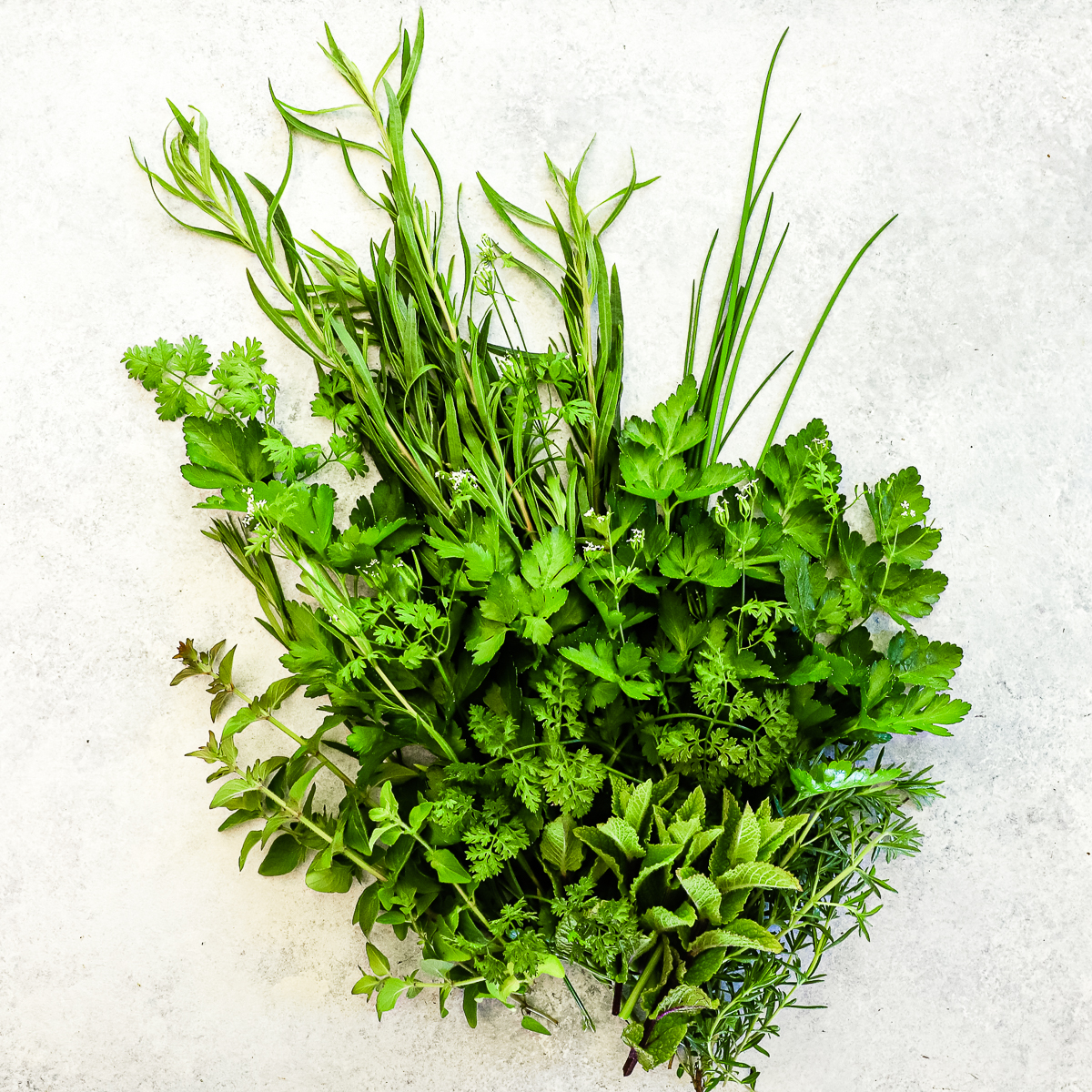
- Italian Dishes - Italian parsley is commonly used in Italian cooking such as pasta, pizza, and risotto. If you don't have Italian parsley, you can use other Italian herbs such as basil, fennel, chervil, rosemary, thyme or mint. Arugula matches well with Italian recipes as does oregano. (Check out Parsley Pesto, Almond Pesto, Mint Basil Pesto and Sorrel Pesto for some awesome pesto recipes that use a variety of fresh herbs.)
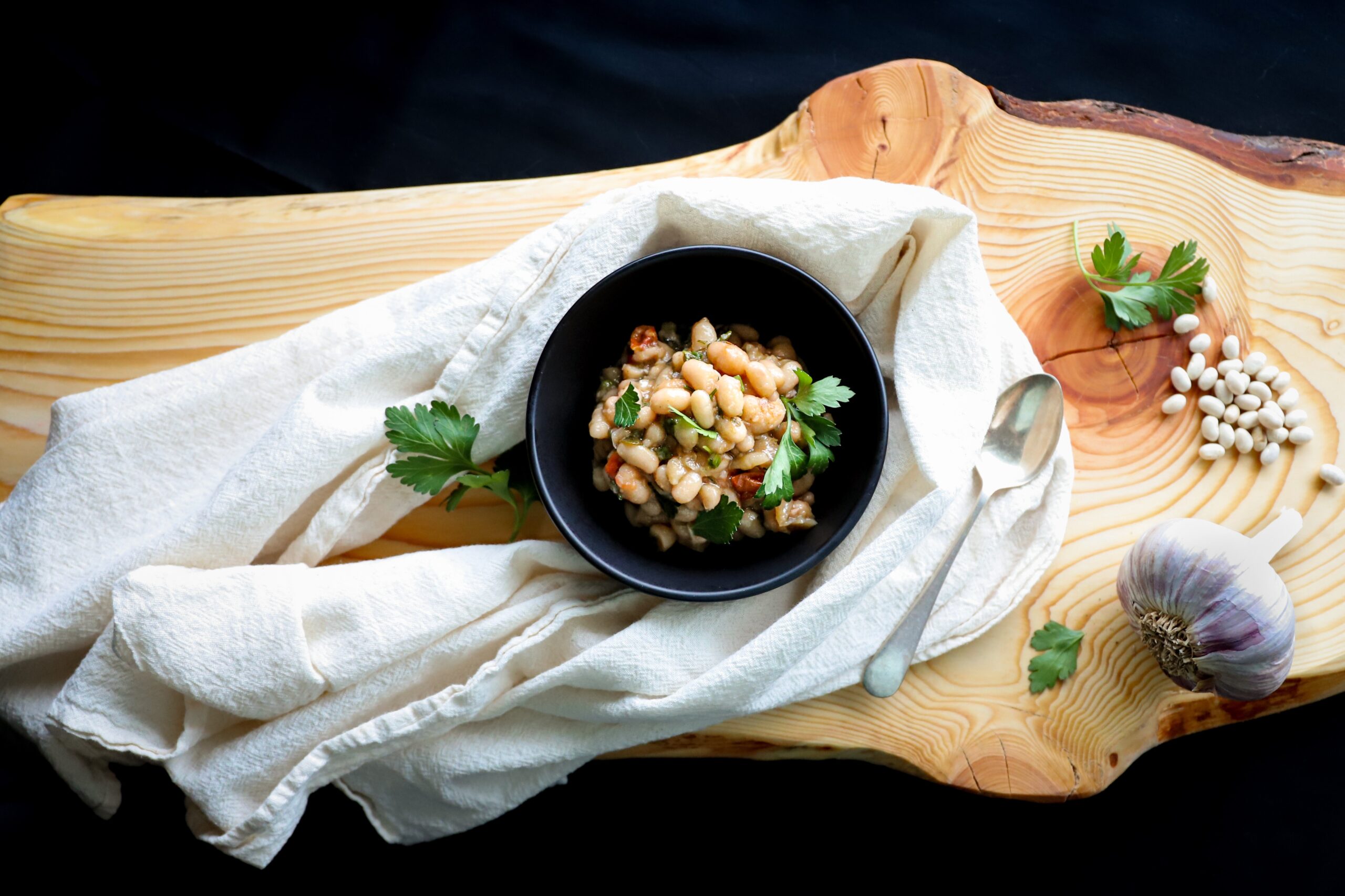
- French Recipes - French parsley is commonly used in French cuisine such as soups and stews. If you don't have French parsley, you can use other herbs such as tarragon, chervil, chives or celery leaves. Carrot tops and dill often work well in French cooking. Borage has a mild cucumber flavor and is a lovely sub for parsley too. Nasturtium leaves are another interesting choice as a stand in. More peppery, nasturtium leaves work great in salads or as a garnish with goat cheese or other bright, tangy ingredients.
- Mexican Cooking - Cilantro is a great substitute. Culantro (similar to cilantro in flavor), fresh chives, scallions, borage, mint and sometimes oregano work well in these recipes as well.
- South Eastern Asian recipes (Indian, Thai, Malay etc.) - Cilantro, scallions, basil, curry leaves, and mint are a good parsley replacement in these recipes. In fact you'll find that cilantro, green onions, basil and mint are used more often than parsley in these flavorful cuisines.
- Egg Recipes - In soft, delicate egg dishes, it's best to choose soft herbs. Fresh dill, chives, celery leaves and carrot tops are all great, leafy green herbs that won't overwhelm or overtake the texture. No one wants a bite of something hard in their soft scrambled eggs or quiche.
- Salad Substitutes - Salads are a great way to incorporate herbs into your diet. Salad green herbs should be soft and not woody. Cilantro is a great choice for salads as it has a bright, citrusy flavor that pairs well with many salad ingredients. Basil is also a great choice for salads, as it has a sweet, peppery flavor that can help to bring out the flavors of other ingredients. Nasturtium greens and their flowers make peppery and delicious additions to salads too.
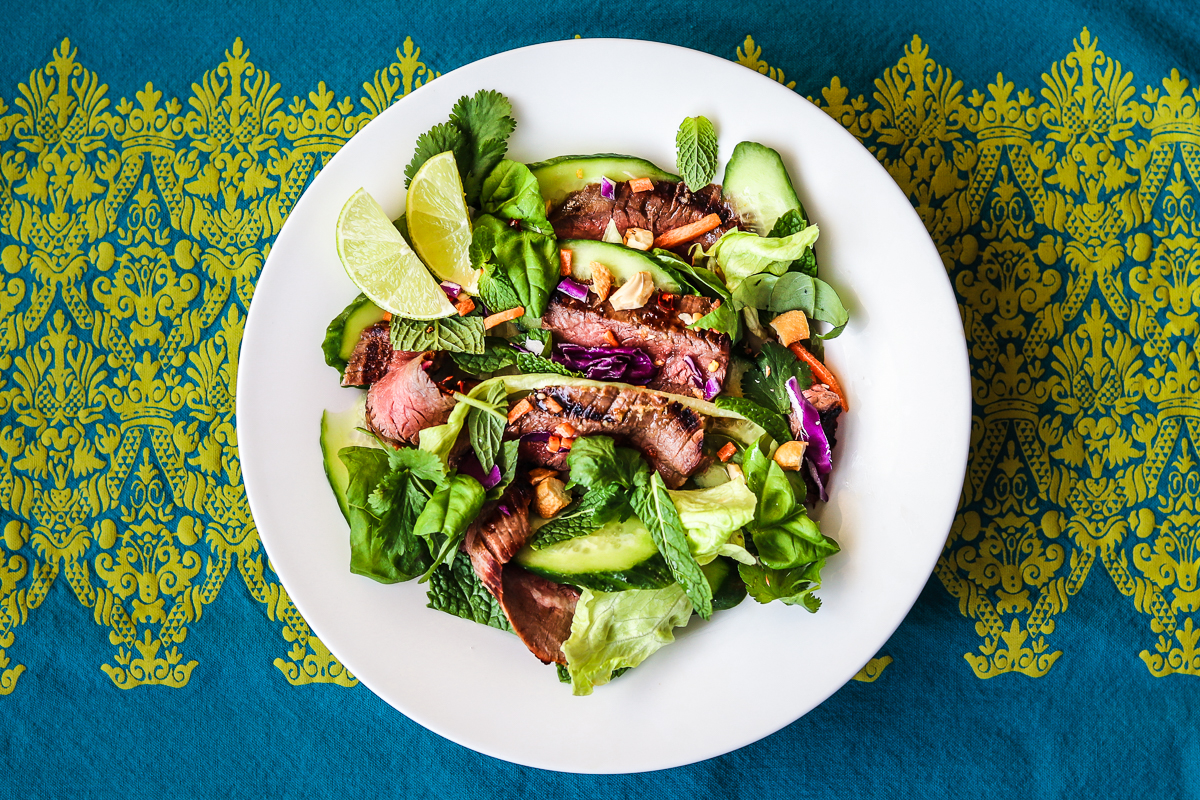
- Garnishes - Parsley is perhaps the most ubiquitous garnish there is. But there are so many more herbs that make a great garnish. A sprig or finely minced bit of any of these herbs are tasty and will make your dish look vibrant. Do choose to garnish with the herbs you've used in the dish. Alternatively, microgreens or small salad greens make delicious edible garnishes too.
- Soups -Soups offer many health benefits and herbs add lots of extra vitamins. Cilantro and chives are great choices for soups. Their bright, spicy and citrusy flavors can help to bring out the flavors of the other ingredients. Basil is also a great choice for soups. Its sweet, peppery flavor can help to add a unique flavor to any soup. Oregano is also a great choice, as its strong, pungent flavor can add depth to any soup. Rosemary is also a great choice for soups, as its woodsy, herbal flavor can add a unique flavor to your soups. Soup can handle heartier, woodier herbs. The longer cooking time can change the intense flavor of herbs into a more subtle flavor.
- Sauces - Sauces get matched with a variety of dishes. Choose an herb that has a similar flavor profile to the end dish. Thyme, dill, tarragon, and chives are lighter flavors often used in sauces. For richer sauces like gravy or curry, you can use fresh basil or cilantro leaves or woody herbs like rosemary, sage and thyme.
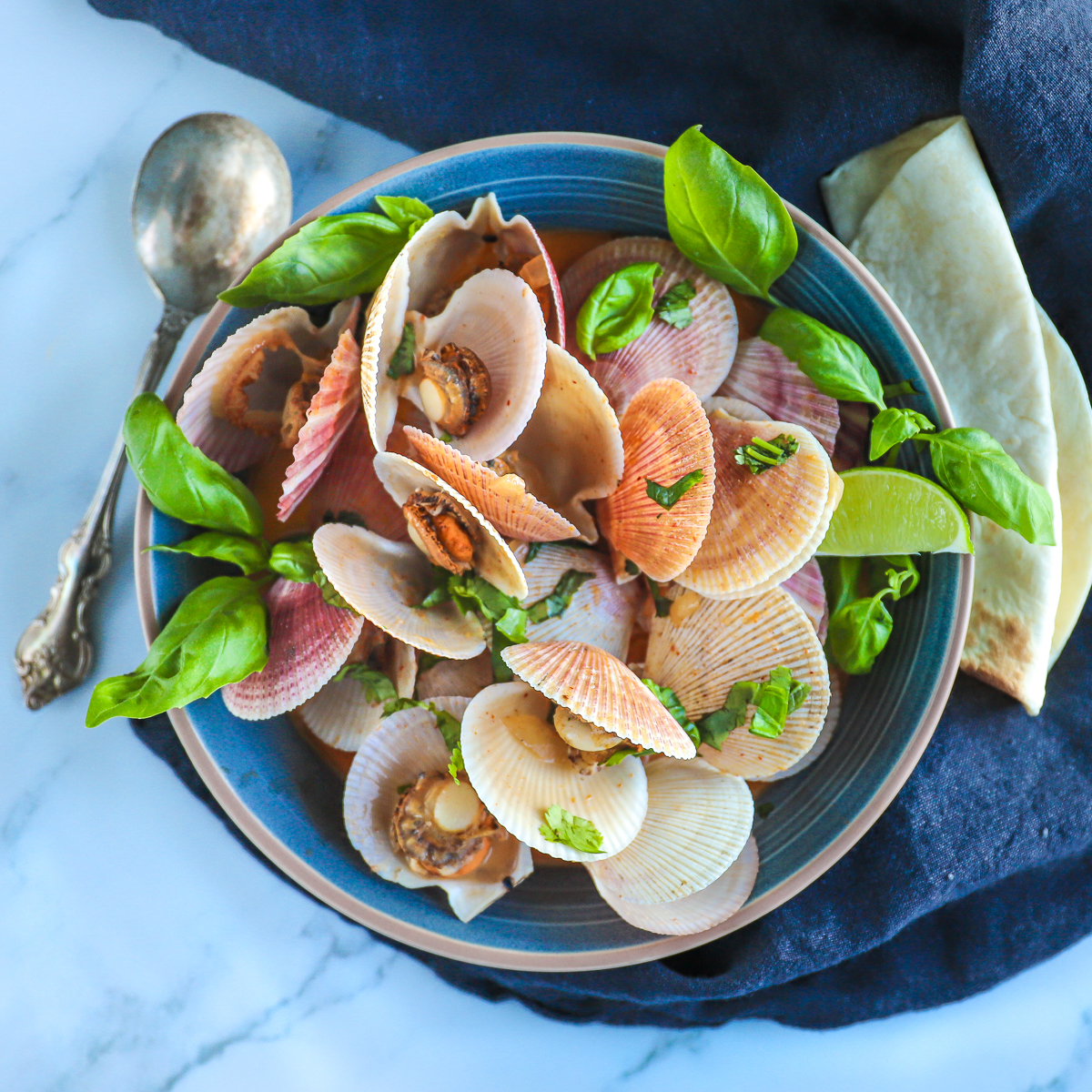
- In Desserts - Mint is a great choice for desserts, as its bright and refreshing flavor can help to bring out the flavors of the other ingredients. Desserts are often garnished with mint sprigs and for good reason. Mint makes a great garnish because of it's fresh smell and aromatics. Basil is also a great choice for desserts, as its sweetness can help to add unique flavor to any dessert. Try basil in strawberry desserts. Lavender is a classic choice for desserts. It has a beautiful floral, herbal flavor that can add a unique flavor to your desserts. (Try it in Lavender Earl Grey Cake) Thyme, particularly lemon thyme works well in desserts like ice cream or poached fruit.
Common Herbs Used as Substitutes for Parsley + When To Use Them
Each of these fresh herbs and leafy greens has its own distinct flavor and can be used to add a fresh, unique and different flavor to your dishes in place of parsley. Learn about their flavor and how they are best used as a parsley alternative.
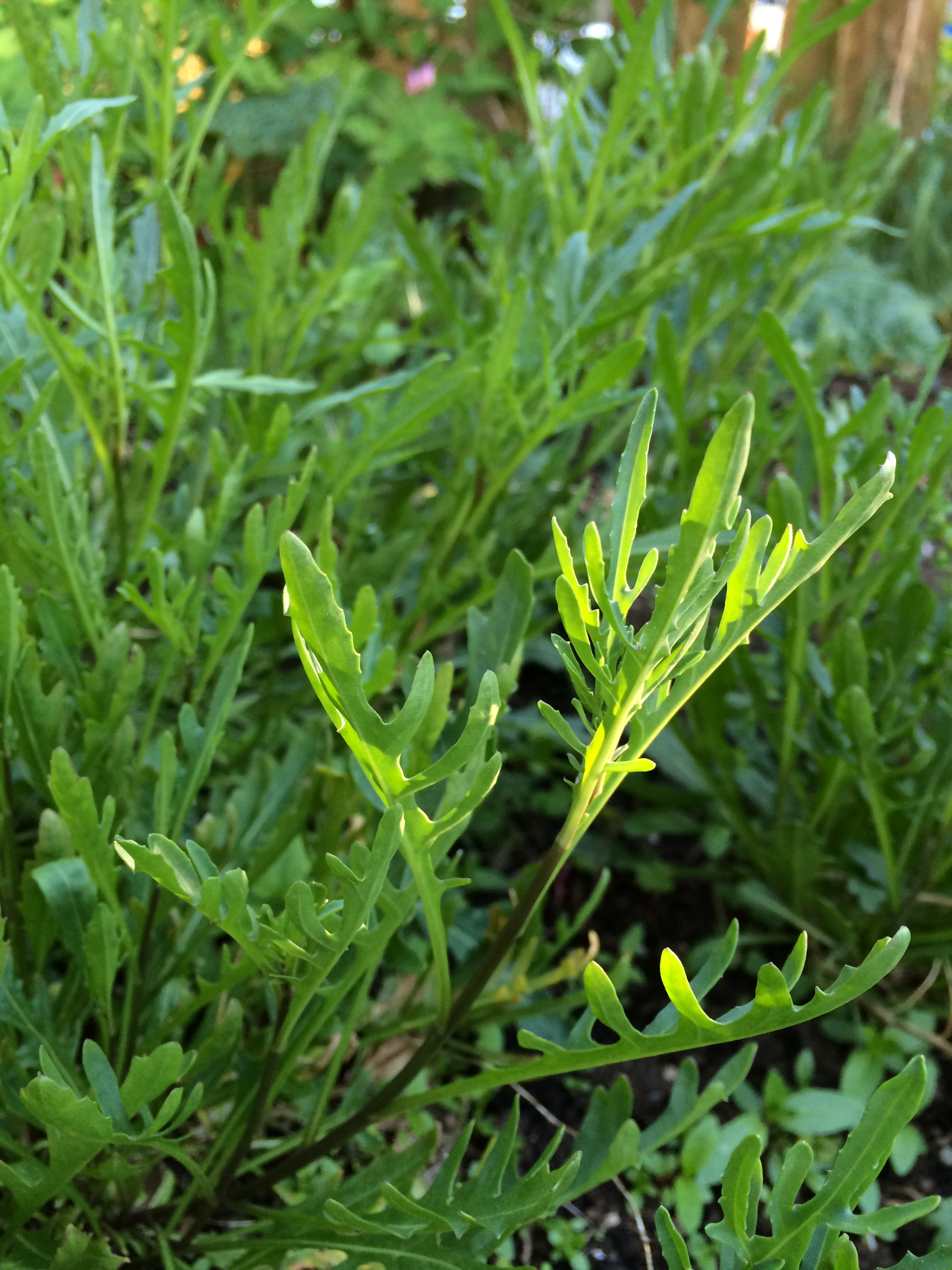
- Arugula has a bold peppery flavor and can chopped for salads or added to pesto, risotto and pasta dishes in place of Italian parsley.
- Basil has a sweet, peppery flavor and while bold, it makes a good addition to salad, (Basil Aioli Dip), pasta and pesto sauces. It pairs particularly well with fresh tomatoes or tomato sauces.
- Borage has soft fuzzy leaves and bright blue flowers with a mild, cucumber flavor. It makes a perfect substitute in soups and in fresh applications.
- Carrot top greens are a fun substitute. The flavor is green and fresh, reminiscent of fresh parsley. Carrot greens work great in place of parsley for pesto, fresh garnishes, soups and stews and almost any of the other ways you might need it.

- Celery Leaves have a subtle but distinctive flavor and are great in soup, stew, as garnishes and in salads. Slightly bitter, mildly sweet, crisp and fresh, celery greens are a great sub that is in many peoples fridge and is sometimes just thrown out!

- Chervil is one of my favorite substitutions for parsley. Lightly licorice scented with a delicate flavor and tender, fine green leaves, it blends in well most places you use parsley. Chervil is part of the classic French 'fines herbs' blend that also includes tarragon, chives and parsley. In fact if you have a dried blend of fines herbs, that makes a great swap for parsley too.
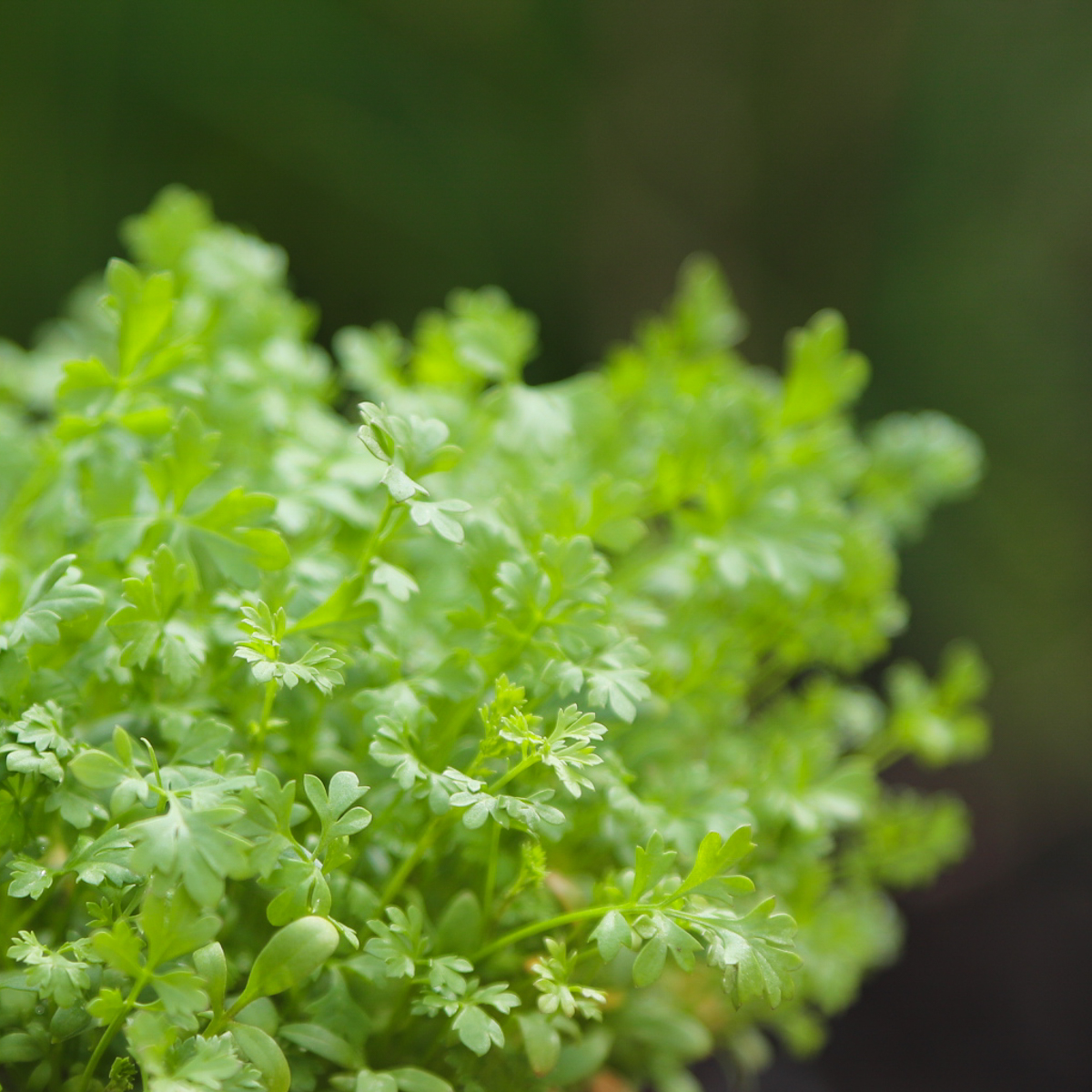
- Cilantro is a another great soft herb substitute for parsley. It has a fresh, citrusy lime flavor and works well in Mexican and Asian dishes that call for parsley. (Salsa and ceviche love cilantro but they are also tasty with other herbs too.)
- Culantro is an herb that tastes similar to cilantro but looks different with longer, sometimes mottled colored, serrated leaves. It is botanically different from cilantro but can be used similarly. It is a soft green herb that is a great alternative to parsley in Mexican and Asian dishes.

- Dill is a distinct, soft and aromatic herb. It makes a great sub for fresh parsley in seafood and egg dishes. It works well cooked, raw and as a green garnish too.

- Lemon balm is a soft herb that will add fresh green flavor to desserts or tea. Use this one when the lemon flavor will compliment your recipe.
- Lemon verbena is another soft, lemon flavored green herb that works similarly to lemon balm above.
- Lovage tastes like celery! A mild leafy green that makes a wonderful substitute for parsley. This is an easy perennial to grow in your herb garden. Use it in soup, stew, salad and as garnish.
- Marjoram tastes most similar to oregano but is more mild tasting. Best used in dishes that are cooked.
- Mint, like basil above, is a more boldly flavored herb. Refreshing mint works well in couscous and vegetable salads, in marinades for souvlaki, lamb, and shawarma. Mint is also delicious in pesto. (Try bright tasting Mint Basil Pesto.)
- Nasturtium leaves have a mild peppery flavor that makes it a good choice in salads and other cold dishes.

- Oregano has a strong, pungent flavor, so use it with a light hand. It will add more depth to savory dishes and is good for Middle Eastern and Mediterranean recipes. Fresh oregano is very pungent so use it with a light hand. A little goes a long way so use it in small amounts.
- Purslane is a mild, sweet green often considered a weed. A succulent, it has a sweet, mild lemon flavor and a hint of pepperiness. This one is a great sub in sandwiches and salads.
- Rosemary has an almost piney, herbal flavor and is great for adding flavor to soup, stew, bread, and roasts. Rosemary is a woody and tough herb so it is not as good a swap if you need to use it without cooking.
- Shiso is a Japanese leafy herb that has a bright, almost licorice flavor. A great addition to Japanese recipes or any recipe that will be complimented by it's pleasant but strong flavor.

- Sorrel grows easily and is best used in raw applications. It has a bright green, lemony flavor when raw but the flavor is much more muted and different once cooked.
- Tarragon in another soft and mild herb (also a player in the above mentioned fine herbs) that is a great swap in seafood recipes and light sauces and soups. It blends in well without overpowering dishes.

- Thyme has a delicate, floral flavor and is great for adding flavor to sauces and marinades. Like rosemary, thyme is a woody and tough herb so it is not as good a swap if you need to use it without cooking either.
- Watercress and curly cress have a lovely, crisp and peppery flavor. The pleasant bitter flavor is great with served with salad dressings
How To Substitute Dried Parsley For Fresh Parsley
If you don't have fresh parsley, you can use dried parsley flakes as a substitute in many recipes. It has a more concentrated flavor than fresh parsley, so you'll need to use it in smaller amounts. Dried parsley is a good substitute for cooked dishes but not not highly recommended for fresh, uncooked recipes and garnishes. One exception is in salad dressings. One tablespoon of fresh parsley can be swapped for 1 teaspoon of dried parsley.
If you're recipe calls for parsley that won't be cooked, I recommend using one of the fresh, soft herbs mentioned above.
Dried Herb Alternatives
For recipes that call for dried parsley flakes, you can use a different dried herb. Dried parsley is not strong so choose a mild herb replacement. Try dried basil, chives, or tarragon. Dried dill or marjoram can also be good bets.
Stronger, woody herbs like rosemary or thyme should be used with caution as they will add much more bold flavor than parsley. For flavor suggestions, read the Best Parsley Substitutes By Cuisine And Dish section below.
Tips for Using Parsley Substitutes
When using parsley substitutes, keep in mind that they have a different flavor profile than parsley. Start by using a small amount and adjust the quantity based on your taste preference. Also, keep in mind that many of the herbs mentioned here have a stronger flavor than parsley, so you'll need to use them in smaller amounts.
Recipes That Use Parsley

Related Recipes
Parsley is a great herb to have on hand, but if you don’t have it, there are plenty of herbs that can be used as a substitute. Cilantro, basil, oregano, rosemary, and thyme are all great herbs to use as substitutes for parsley. With these tips, you’ll be able to easily substitute parsley with other herbs and create delicious dishes with ease.
If you have any questions or comments, you can find me on Instagram, Pinterest and Facebook. I try to answer any recipe related questions quickly as I know you might be in the middle of making it.
Also check out my FREE PRINTABLE meal planner to make menu planning and grocery shopping a breeze and my shopping guide. And if you like this recipe, I would love it if you give it a star rating in the recipe card.
Cheers and happy cooking, Friends! Sabrina



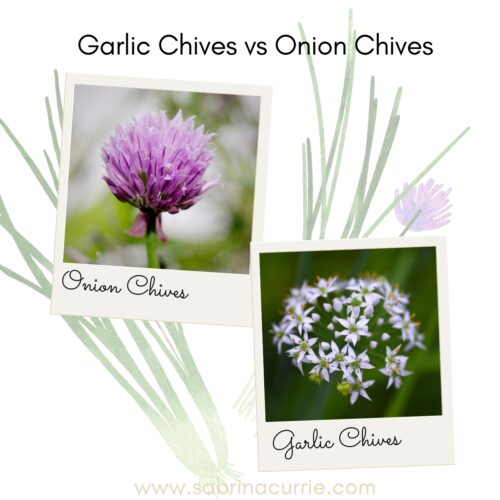
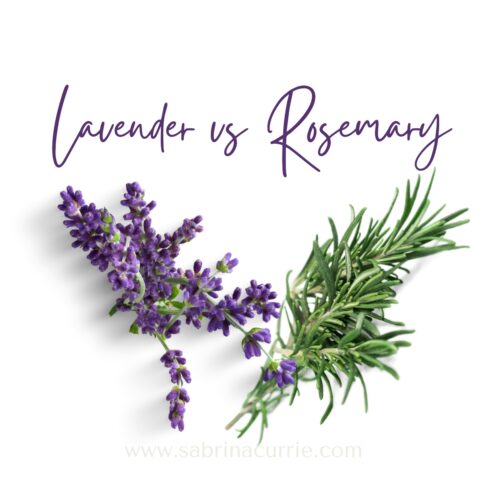
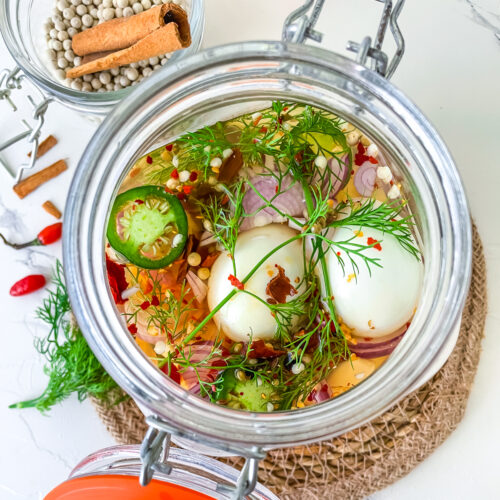
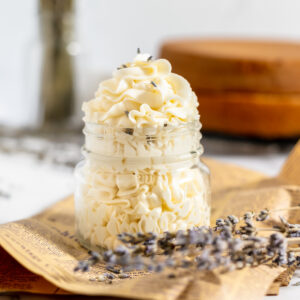
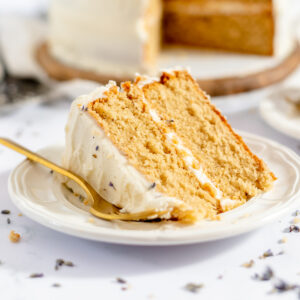


Comments
No Comments